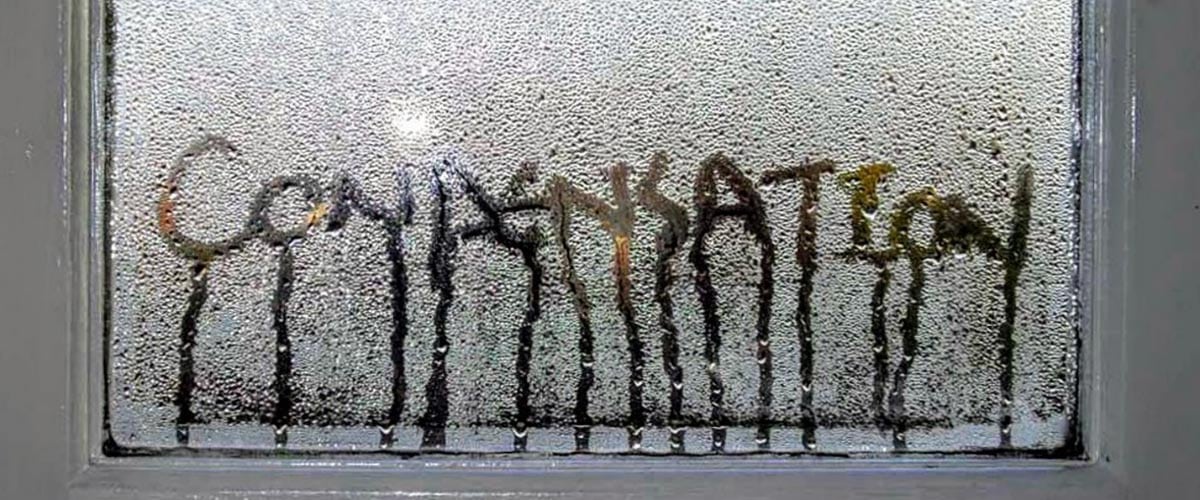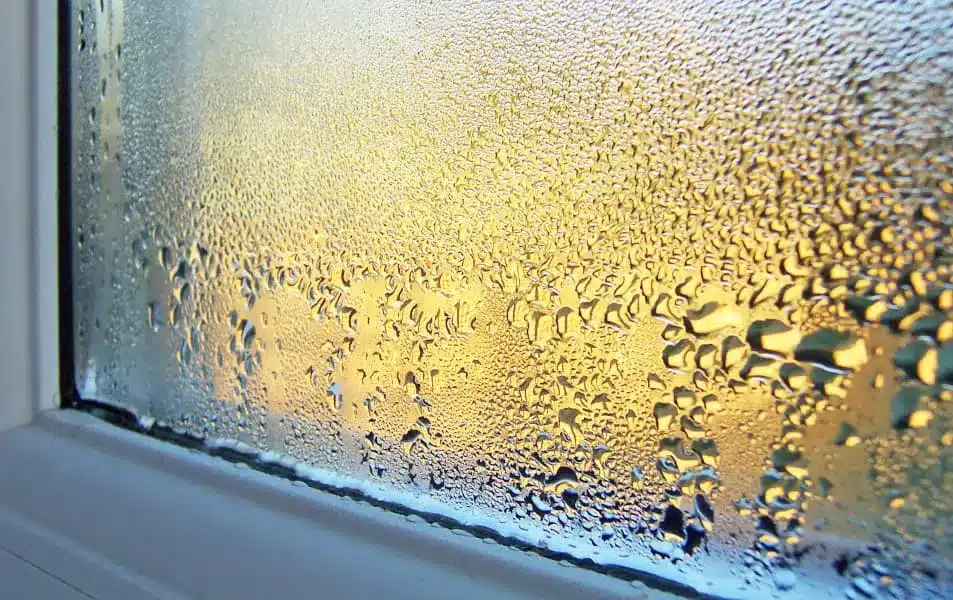
You’ve just invested in brand-new, energy-efficient windows. They look great, keep the draughts out, and make your home feel warmer. Then one morning, you open the curtains and notice… the outside of the glass is covered in condensation.
Your first thought might be: “Oh no, something’s wrong with my windows!” But don’t panic – that misty layer of droplets is actually a sign that your windows are doing their job properly.
Let’s break down why this happens, why it’s most common in spring and autumn, and what you can (and can’t) do about it.
What Causes Condensation?
Condensation is simply water droplets forming when warm, moist air touches a cooler surface. You’ve probably seen it on bathroom mirrors after a hot shower, or on a cold drink on a summer’s day.
When the air can’t hold all the moisture anymore (because it’s cooled down), the extra water turns into visible droplets. That’s all that’s happening on your windows.
Why Is It Happening on the Outside of My Windows?
This might feel backwards, most people expect condensation to appear inside the house, not outside. Here’s why it happens with modern windows:
Better insulation = colder outer glass
Old single-glazed windows used to leak heat, which meant the outside pane stayed slightly warm. New double- and triple-glazed windows are so efficient that almost no heat escapes. That keeps your home warmer, but leaves the outer pane closer to the chilly outside air.Clear nights make it worse
At night, glass loses heat by “radiating” it to the clear night sky. On a calm, cloudless night, your windows can actually get colder than the surrounding air.Morning humidity seals the deal
In the early morning, the air is often damp (especially in spring and autumn). When the cool glass meets that moist air, condensation forms.
So ironically, the more energy-efficient your windows are, the more likely you are to see this effect.
When Does It Happen Most?
Spring mornings: Nights are cool, mornings are moist and warming quickly — the perfect recipe for dew.
Autumn mornings: The same, but with cooler evenings and high humidity as temperatures fall.
Summer: The air is usually too warm, so condensation is rare.
Winter: Cold air holds very little moisture, so again, condensation is unlikely.
That’s why it tends to surprise homeowners in September or April rather than mid-January.
Is It a Problem?
Not at all. External condensation on the outer pane is actually a good sign that your windows are working as designed. It means heat isn’t leaking out through the glass, so the outside stays cold enough for dew to form.
It’s very different from other types of condensation:
Inside condensation (on the room side): Usually a sign of high indoor humidity and poor ventilation.
Between the panes: This is a fault — it means the seal inside the glazing unit has failed and moisture has got in.
Outside condensation: Totally normal, harmless, and seasonal.
The only “downside” is that it can temporarily obscure your view until the sun or breeze clears it away.

Can I Stop It Happening?
You can’t completely stop external condensation, it’s just nature and physics at play. But you can reduce how noticeable it is:
Hydrophobic coatings: Some modern windows come with special coatings that make water spread out evenly, so instead of droplets, the moisture forms a thin, clear layer that evaporates faster.
Location matters: Windows on north-facing or shaded sides of the house are more prone to condensation because they get less sunlight.
Garden plants: Dense shrubs close to windows can hold moisture and increase humidity levels around the glass. Trimming them back can sometimes help.
But remember: if your new windows are misting up outside, it’s not a flaw, it’s a feature.
The Bottom Line
If you see condensation on the outside of your modern double- or triple-glazed windows, don’t worry. It’s simply a sign that your windows are:
Keeping warmth inside your home
Blocking draughts and energy loss
Performing far better than your old glazing ever could
It’s a quirk of having high-performance glass and usually disappears by mid-morning once the sun comes out.
So next time you spot that morning mist, take it as reassurance: your home is warmer, more efficient, and your windows are doing exactly what they’re meant to do.





